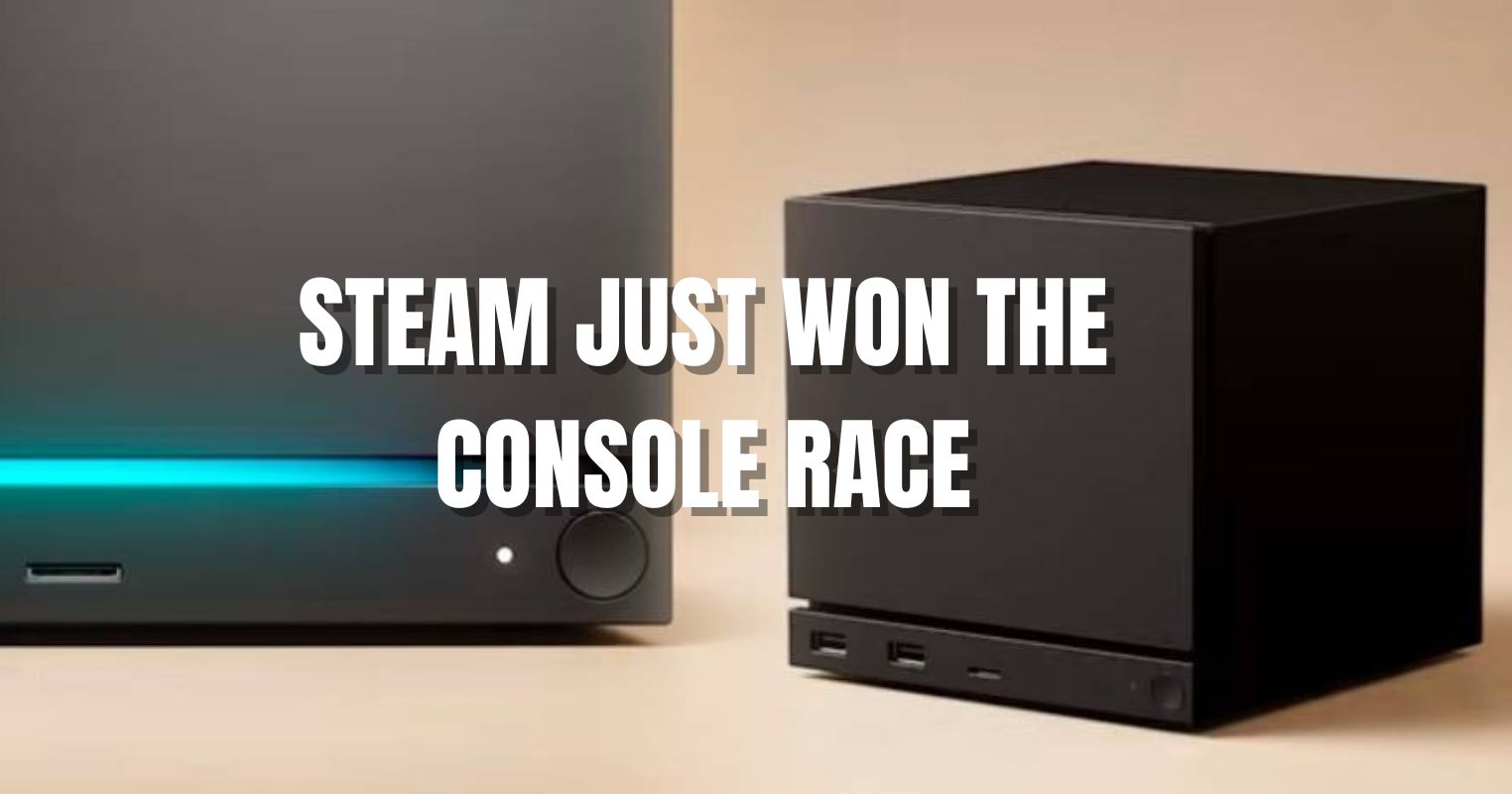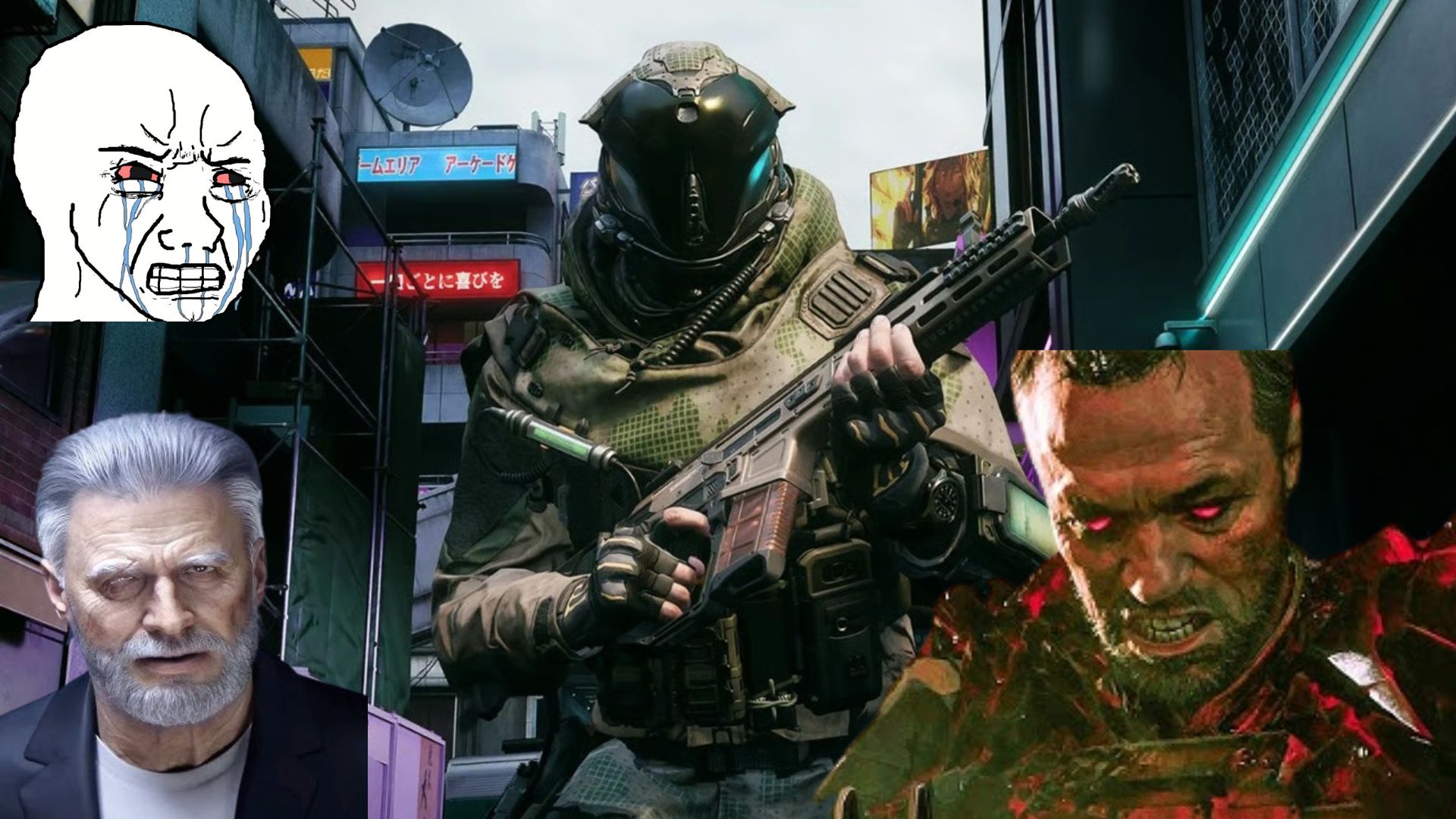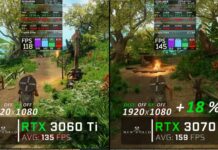- Despite improvements to RT cores, Ray Tracing remains a performance hog that is going to chop off more than half the performance.
- The visual uplift you get simply isn’t worth it, especially for the amount of performance you lose.
- Given the performance loss, you’ll have to start relying on upscaling tech if you end up utilizing Ray Tracing, which isn’t ideal.
It’s been over five years since the launch of GPUs with Ray Tracing capabilities, and a lot of games have grown to support the technology. As impressive as advancements in ray tracing have been, most of the issues that were present at the time of its launch are still relevant today, which has left me a bit disappointed.
After all, this rendering medium was promised to revolutionize the landscape of video game graphics, right? Don’t get me wrong, I am all for graphical leaps in modern games; however, I think that turning on Ray Tracing is still not a viable option for most users.
Still A Huge Performance Hog
Despite continued support for Ray Tracing from graphics cards, the performance situation hasn’t gotten a lot better compared to the 2000-series GPUs. I mean, sure, you might be able to run Ray Tracing on a budget card such as the RTX 4060, but that’ll still come at the cost of half the performance.
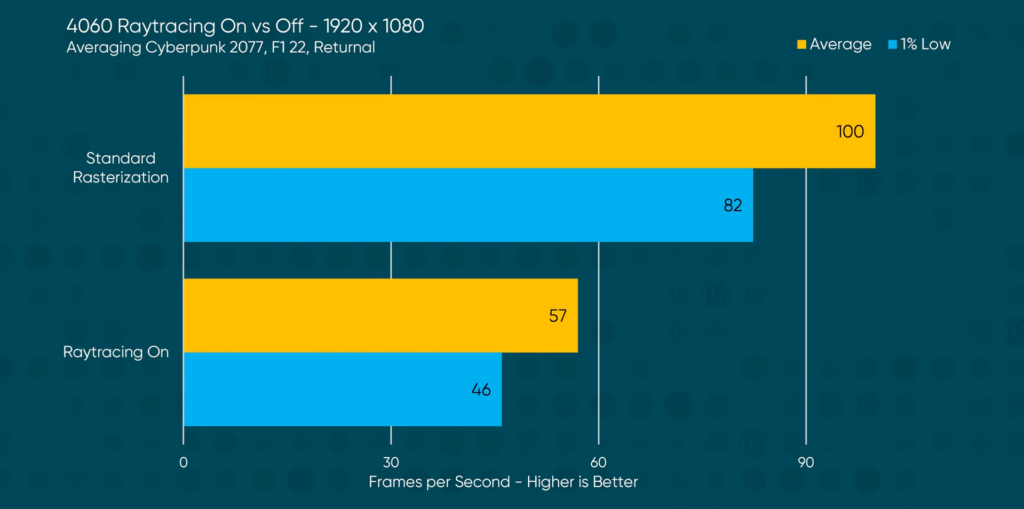
To make up for the lost performance, most people are forced to use upscaling techniques such as DLSS and FSR. While upscaling has improved a lot, utilizing these techniques simply for playable frames with Ray Tracing doesn’t quite make sense.
If you aren’t on board with the idea of using upscaling methods, then that practically means that natively enjoying Ray Traced titles will only be limited to a select few graphics cards that the majority of users won’t have access to.
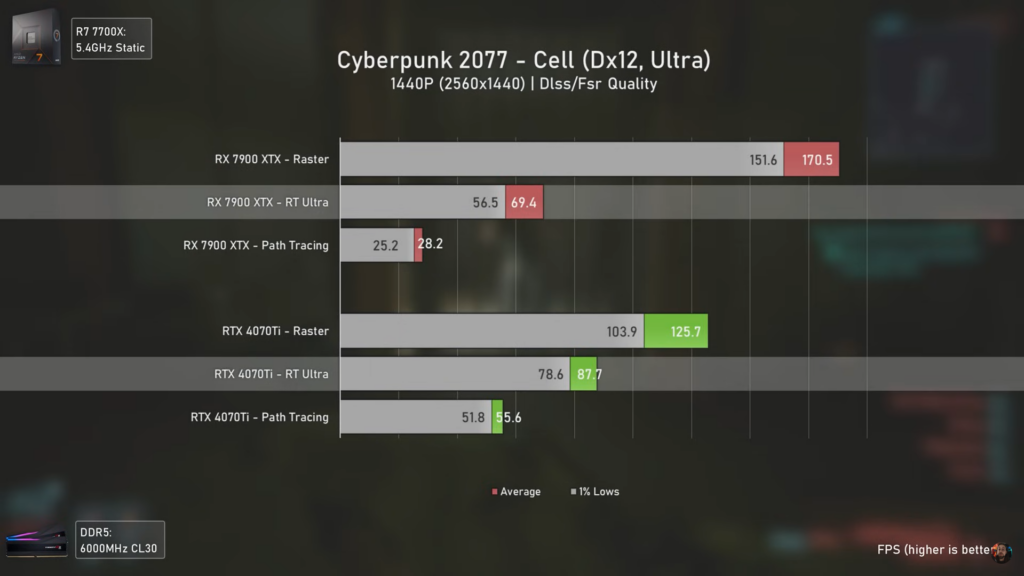
To put things into perspective, even if you are working with a card as capable as the GeForce RTX 4070 Ti, you will have to rely on DLSS to get an average of more than 60 frames per second. Things are slightly worse on the AMD side of things, with the RX 7900 XTX struggling even with FSR turned on.
Most People Can’t Use Ray Tracing Anyways
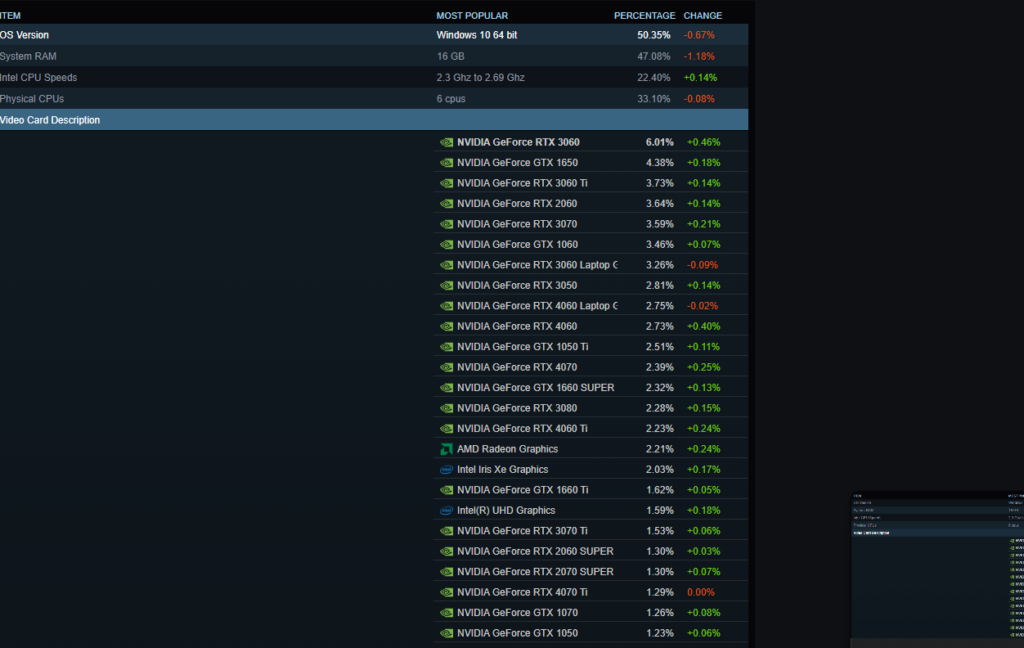
The most popular graphics card, according to the Steam hardware survey, the RTX 3060, simply fails to fare well in most Ray-Traced scenarios. Simply put, it lacks the performance capabilities to handle any RT-based titles without running into major performance hiccups.
Even GPUs further down the list, such as the 3060 Ti and the 2060, aren’t fully capable of utilizing Ray Tracing properly, which makes it mostly pointless, considering most people won’t be able to use it anyway.
Not A Huge Visual Difference
Even if the performance loss isn’t as drastic for your graphics card, there aren’t any practical uses of Ray Tracing at the moment. Most games tend to underutilize the technology, which makes sense given the performance drawbacks, and the games that do actually use it don’t see a huge uplift in visual quality.
That is not to say that settings such as Ray Traced reflections and global illumination don’t make a difference; however, it’s not going to be a visual game-changer by any means. In fact, I’d even argue that your overall experience with Ray Tracing turned on is going to be a bit worse, considering the amount of performance you’ll lose.
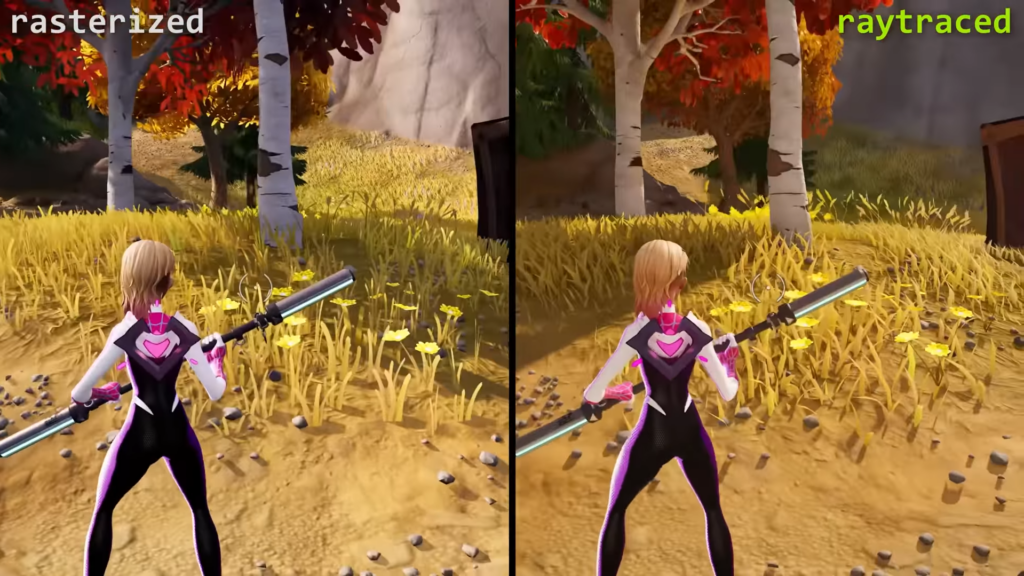
In Vex’s tests comparing Fortnite with and without Ray Tracing, there was barely a difference between the two versions, even when compared side-by-side. Sure, turning on Ray Tracing definitely makes a difference here, but it is nowhere as drastic as one would expect for the performance hit.
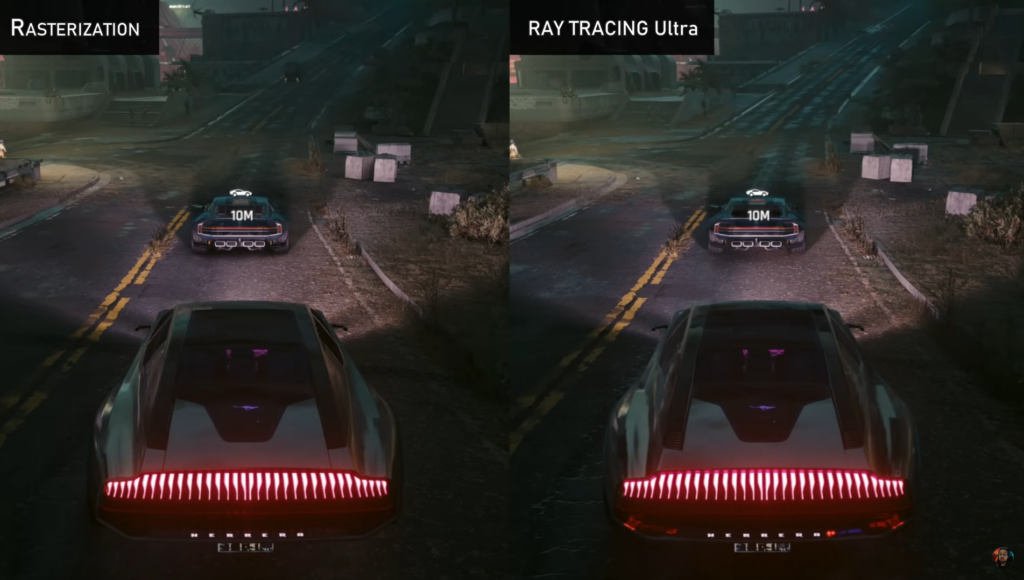
The same can also be said for single-player games such as Cyberpunk 2077, where I wasn’t even able to tell the difference in comparison to Ancient Gameplays.
It’s Better To Leave Ray Tracing Off
Unless you are using a top-of-the-line graphics card from either AMD or Nvidia, turning on Ray Tracing simply isn’t worth the performance loss. Even if you can get a reasonable experience by leaving the setting on, then the visual uplift you will be getting is simply not going to be drastic in most titles.
That is not to say that Ray Tracing is completely unnecessary. You can undeniably notice RT reflections in a lot of scenarios; however, until most GPUs have enough GPU horsepower to handle real-time ray tracing, leaving it off comfortably is going to be the wise decision for the majority of the players.
Thank you! Please share your positive feedback. 🔋
How could we improve this post? Please Help us. 😔
[Wiki Editor]
Ali Rashid Khan is an avid gamer, hardware enthusiast, photographer, and devoted litterateur with a period of experience spanning more than 14 years. Sporting a specialization with regards to the latest tech in flagship phones, gaming laptops, and top-of-the-line PCs, Ali is known for consistently presenting the most detailed objective perspective on all types of gaming products, ranging from the Best Motherboards, CPU Coolers, RAM kits, GPUs, and PSUs amongst numerous other peripherals. When he’s not busy writing, you’ll find Ali meddling with mechanical keyboards, indulging in vehicular racing, or professionally competing worldwide with fellow mind-sport athletes in Scrabble at an international level. Currently speaking, Ali has completed his A-Level GCEs with plans to go into either Allopathic Medicine or Business Studies, or who knows, perhaps a full-time dedicated technological journalist.
Get In Touch: alirashid@tech4gamers.com


 Threads
Threads